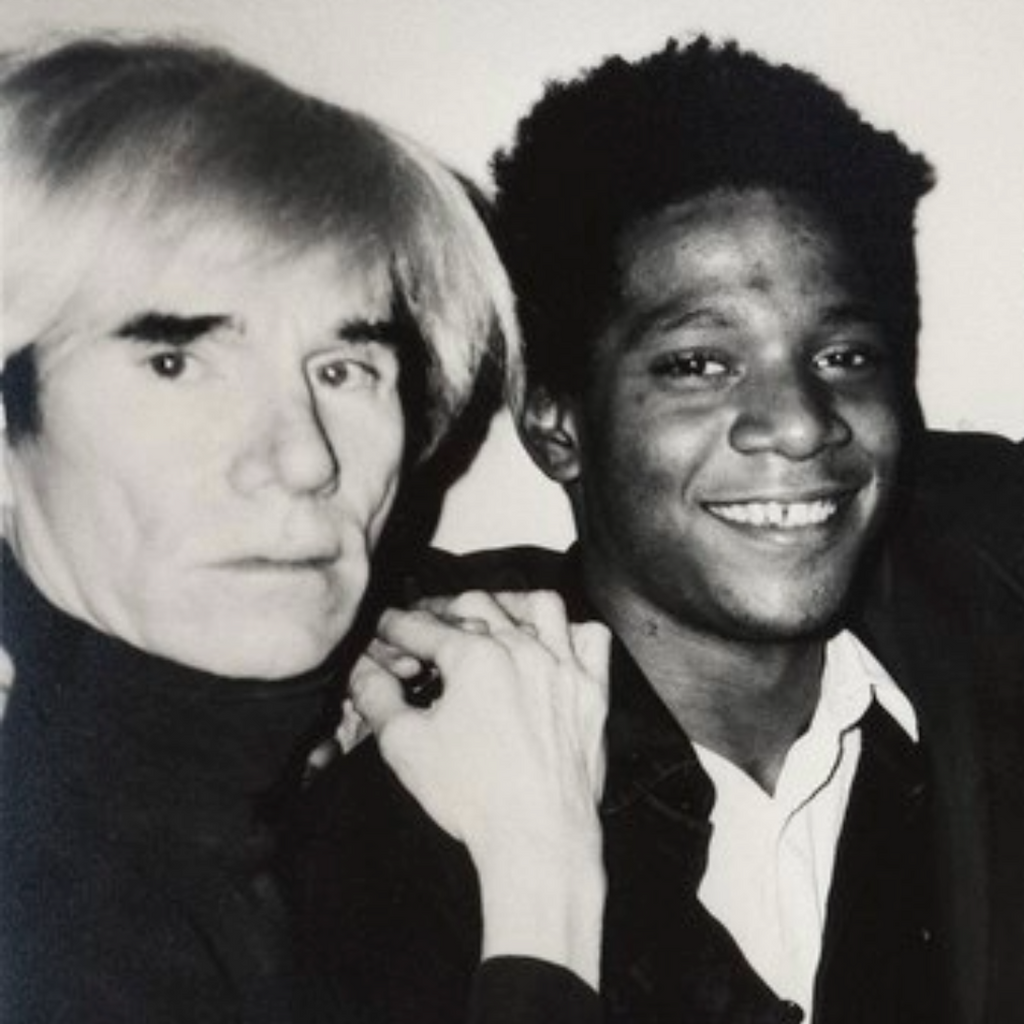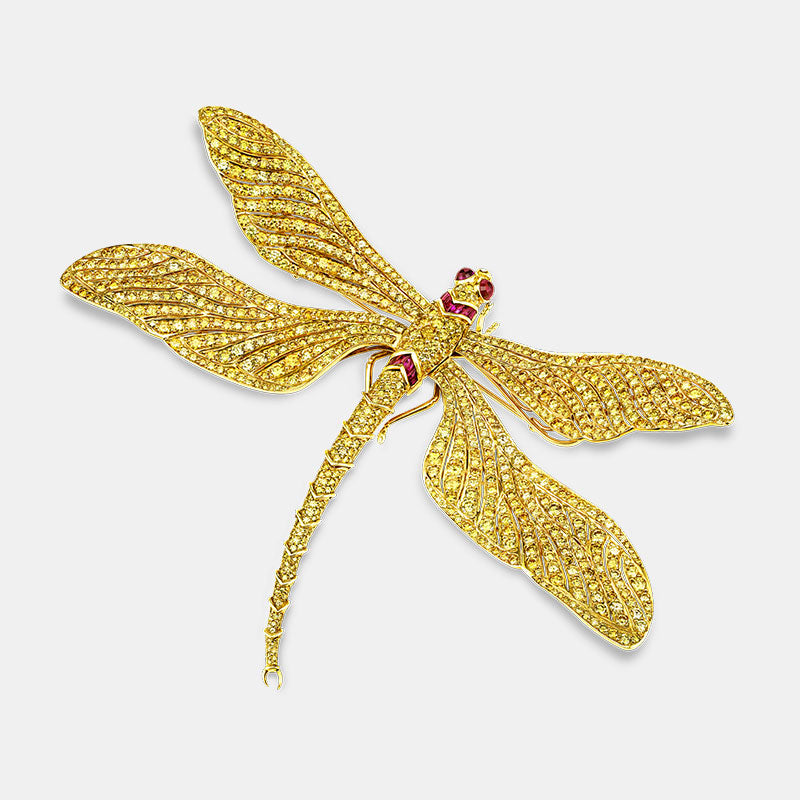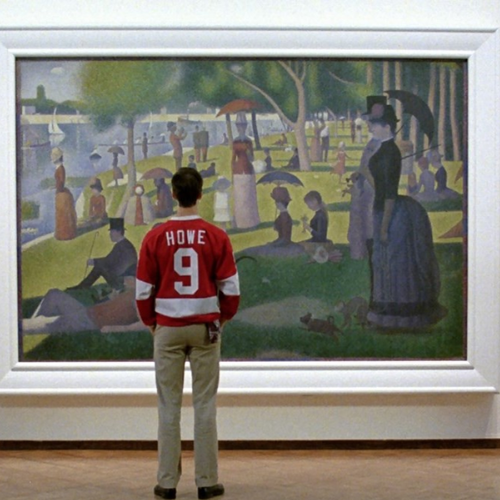The famed and beloved Impressionist movement originated in France during the 1870s in response to the rigidness of the Academic fine art institute that dominated the 19th century. Unlike previous artist movements, French Impressionism aimed to create work that captured a singular, ordinary subject matter and moment in time, with particular emphasis on the transient effects of light and color. By utilizing a painterly approach using loose brushstrokes and embracing depictions of modern life, the French Impressionist artists took the world by storm and subsequently changed the history of art and interesting art stories forever.
Not only revolutionary, Impressionist art is highly desirable among collectors. Maybe you have started a collection of French Impressionist work already, or perhaps you are just beginning to venture into this distinguished collecting area. From the original members of the movement to those trained and inspired by them, we have compiled a list of can’t-miss artists to add to your collection, especially if you’re a fan of rare paintings.
Camille Pissarro (1830-1903)

Artist Camille Pissarro stands as one of the greatest leaders of the Impressionist art movement. Originally from St. Thomas in the Danish West Indies, Pissarro moved to Paris at 11 to attend school, where he displayed a great talent for art. Eventually, he convinced his parents of his talents and studied at Académie Suisse alongside Claude Monet. Due to the Franco-Prussian War in 1870, Pissarro moved to England, where he closely studied and painted landscapes.
After his return to France, he settled in Pontoise where he lived for the next decade. He learned and collaborated with contemporaries like Monet, Degas and Renoir, and in 1873, he helped establish a collective of fifteen artist called the "Société Anonyme des Artistes, Peintres, Sculpteurs et Graveurs," which included other artists such as Berthe Morisot and Alfred Sisley. In 1876, the group showcased their groundbreaking work for the first time in France, which shocked critics and viewers alike.
Celebrated in particular for his ability to encapsulate everyday life in his canvases, Pissarro presented depictions of landscapes and peasant people in a new way. Today, his works are found in the most prestigious collections and museums worldwide. Additionally, his family has continued the artistic dynasty and legacy of superb impressionistic art. Camille’s son, Paul-Émile Pissarro, grandson, H. Claude Pissarro, and great-granddaughter, Lélia Pissarro, are famed creators as well.
Edgar Degas (1834-1917)

Born to a wealthy Parisian family, French painter Edgar Degas was able to begin painting early in life. Lessons at the Lycée Louis-le-Grand began at age 11, and eventually, he was admitted to École des Beaux-Arts where he continued his training. Degas showcased his works at the Salon for half a decade, where he focused on making contemporary work rather than the customary history paintings of the Academy, such as paintings relating to the legacy of Napoleon.
After years of traveling, Degas returned to Paris where he joined with other artists in producing and exhibiting at the French Impressionist painting exhibitions. Degas did not just excel in painting; he also enjoyed practicing photography and sculpture. Unlike many of his peers, Degas disliked depicting landscapes and common people. Instead, he had a particular fascination with horse races and the ballet — the subjects he is most famous for depicting––and of which we value as one of his antique sculptures.
Claude Monet (1840-1926)

Often credited as the father of Impressionism, painter Claude Monet is responsible for some of the most famous Impressionist paintings, and his name is synonymous with this art history movement. The Impressionist painter grew up in Normandy and started drawing at a young age. Locals at Le Harve knew him best for selling charcoal drawings and caricatures for 10 to 20 francs a sitting. Monet, like his peers, was fascinated with nature, light, and movement. In particular, Monet was a huge proponent of en plein air painting, an essential practice in the development of Impressionism for its ability to place the artist within the moment being captured on canvas.
Along with Renoir, Degas, Pissarro, and others, Monet displayed his work at the first Impressionist Exhibition of 1874, where he exhibited his iconic Impression: Sunrise, which would give the style its name. Monet has become best known for his expressive depictions of landscapes and coasts, which are represented in the finest museums around the world, including the National Gallery, London, the Musee D'Orsay, Paris, the Metropolitan Museum of Art, New York, and many others.
Pierre-Auguste Renoir (1841-1919)

French artist Renoir was born in Limoges, France in 1841. He began his career in the porcelain world as an apprentice but moved to Paris at 21 to enroll at the prestigious École des Beaux-Arts under Charles Gleyre. Here, Renoir studied and learned to appreciate the academic style of painting. Additionally, Renoir met other like-minded artists, like Claude Monet, at this school.
As Monet and Renoir grew as artists, they began experimenting with light and its portrayal — an early rendition of Impressionism. Renoir, particularly, understood how movement is constant and wanted to use his academic training to focus on composition while simultaneously creating movement. The Impressionist artist is lauded for being great at displaying the dynamic effects of light on color and known for his bright portraits, still lifes, and landscape work. His works are some of the most coveted on the market and continue to be sought after worldwide by museums and collectors alike. For those interested in exploring and acquiring these timeless pieces, our collection of original Renoir paintings for sale offers a unique opportunity to own a part of art history.
Elie-Anatol Pavil (1873-1944)








